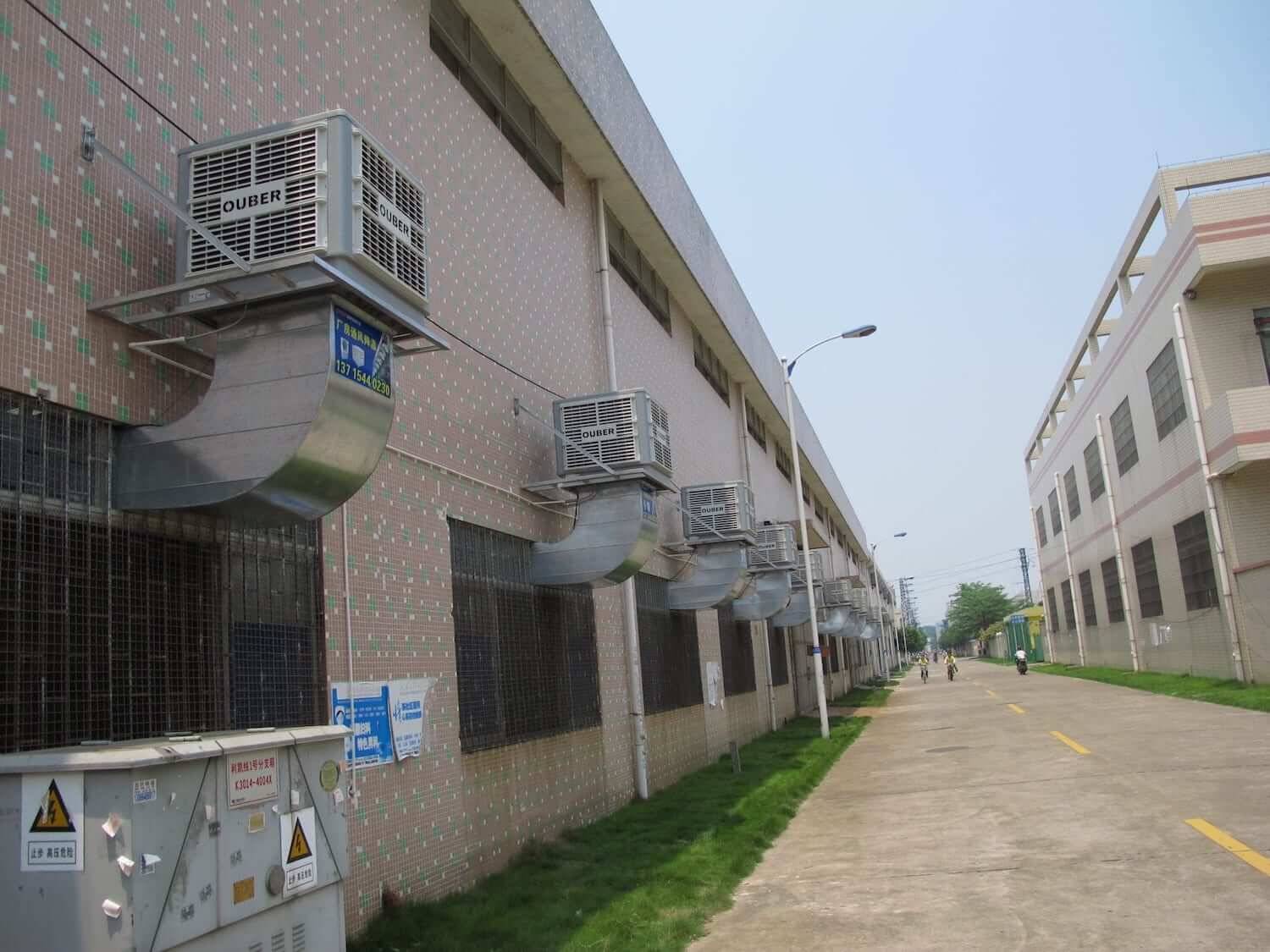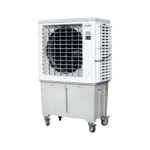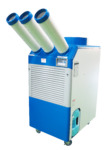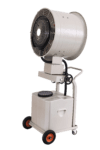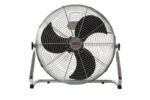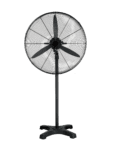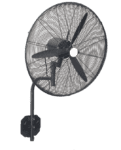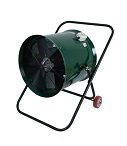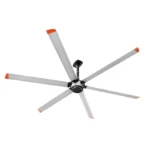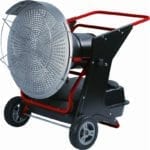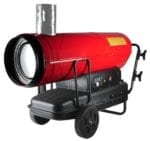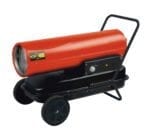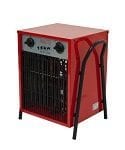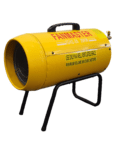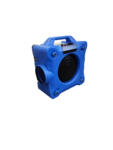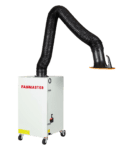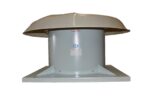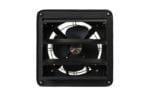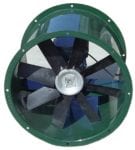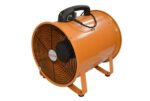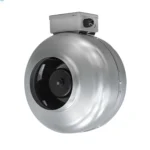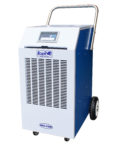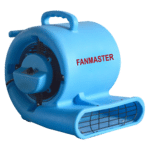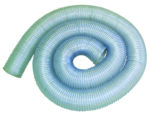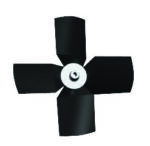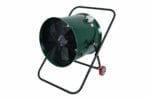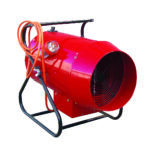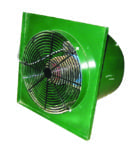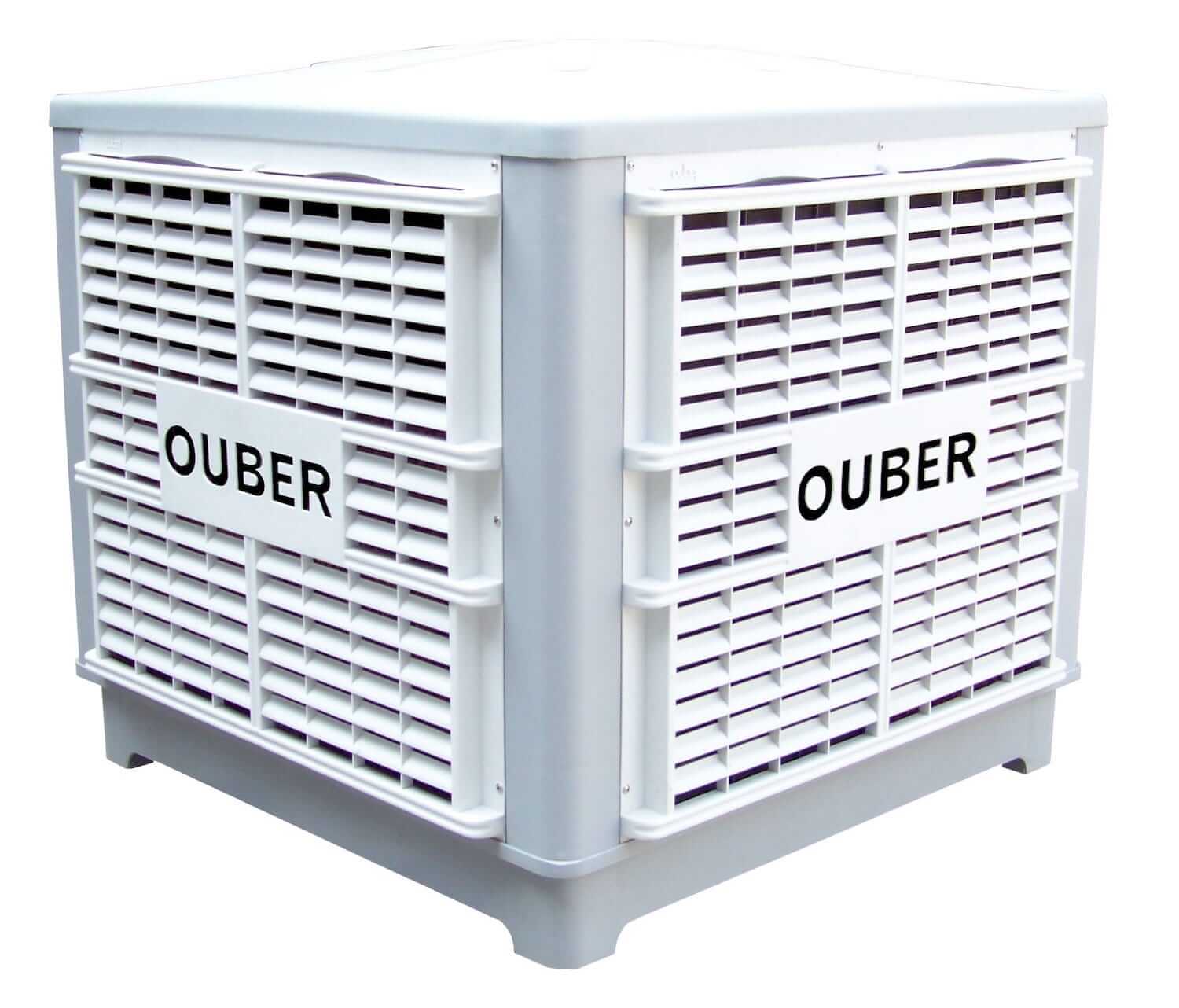
January 18, 2023
How Do Evaporative Coolers Work?
If you want to know how an evaporative cooler will support you in your chosen environment, you must first understand how they work. If you’re unfamiliar with evaporative coolers and how they operate, there is always still more to learn. Here are some interesting facts about evaporative coolers.
Evaporative Coolers Explained
An evaporative cooler is a type of air conditioner that utilises evaporation to reduce the temperature of the air. Water changes from liquid to gas as it evaporates. As it does so, the water’s temperature decreases as the highest-energy particles leave the water first.
As straightforward as the process of evaporation is in reducing the temperature of the air in dry environments, the same principle is applied to evaporative coolers. However, evaporative coolers are equipped with comprehensive technology to create an effective process of cooling down.
How Do Evaporative Coolers Work?
To effectively reduce the temperature of the air in your home or workplace, an evaporative cooler automates fundamental evaporation. A fan, a thick pad, a water reservoir, and various extra controls for fine-tuning the outcomes will often make up the machine.
Dry, hot air is drawn into the device by the blower and is spread across the cooled pads. These substantial pads contain many layers to maximise their surface area and absorb water from the reservoir. The water molecules on the pad’s surface evaporate as the hot air passes over them, lowering the air temperature within the cooler. You will experience the welcome chill on a hot day in your room thanks to the fan’s delivery of that chilly air.
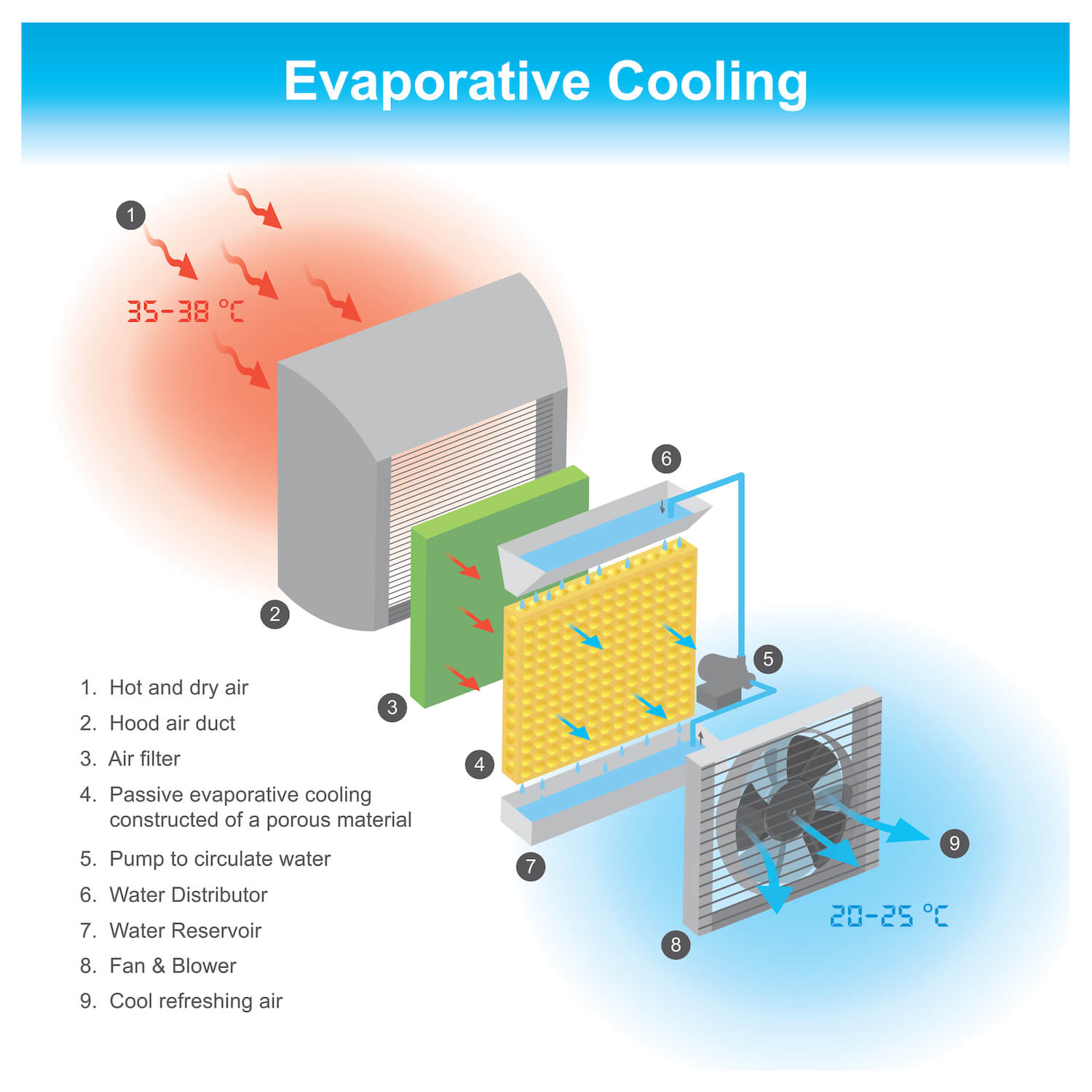
Upsides To Evaporative Coolers
Energy efficiency and sustainability are evaporative coolers’ two main benefits over regular air conditioners. Both result from the fact that evaporative coolers consume far less electricity than regular air conditioners, which can consume up to seven times as much power.
This is because evaporative coolers only have to run the fan that pulls air over the cooling pad in most cases. In contrast, conventional air conditioning systems use a compressor to compress liquid refrigerant into a smaller area before moving it through a heat exchanger to remove heat from the air. In addition to the fan that blows cold air into the room, this procedure uses a lot of power to complete.
We hope this breakdown of evaporative coolers has been insightful and enjoyable, offering some guidance in your search for the one for you. To get your own evaporative cooler, take a look at the Fanmaster website.
